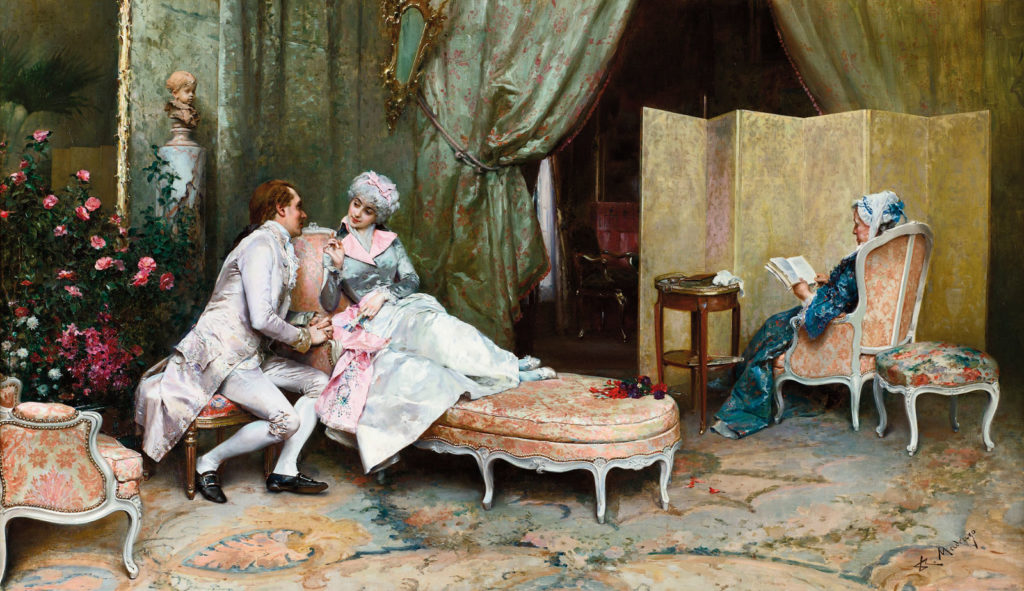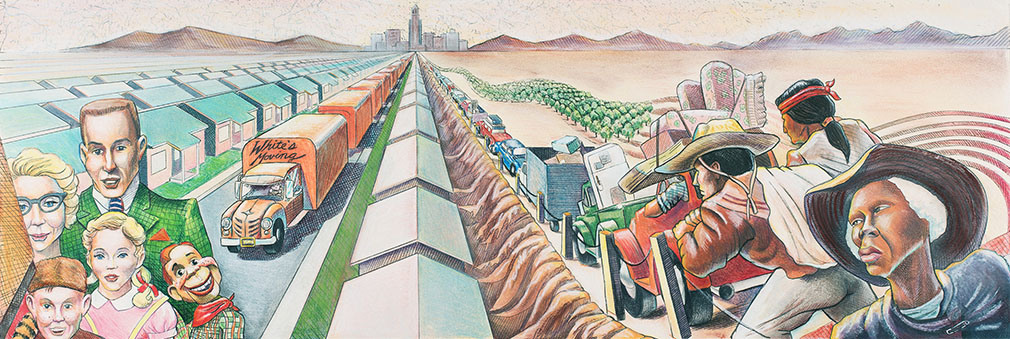Artists utilize sketches, drawings, paintings, and digital art to create silent narratives. These visuals go beyond cultural and linguistic barriers, taking viewers on excursions through feelings, thoughts, and history. More than simply lovely pictures, visual narratives need an artist’s full understanding of the human experience. Composition, color, and symbolism serve as the artist’s tools. Every work of art is a recorded moment, an avenue of meaning ready to be discovered. Audiences can interact with the essence, resulting in a quiet yet deep connection. Visual storytelling is a stunning and intricate art form. It prompts us to venture even further, immersing us in an intimate dialog that goes beyond the surface. Once we proceed more fully into these stories, the power of art as a storyteller becomes clear.

The Use of Symbols
Symbols are the visual narrative shorthand. Artists use familiar symbols in their creations to express more profound meanings and thoughts. One apple, for example, might represent wisdom, temptation, or even sin according to where it appears in the artwork. Artists use symbols to express complicated stories in a visually understandable manner.
Perspective as Narrative
A scene’s perspective plays a part in the narrative. Artists can use perspective manipulation to establish a focal point, direct the viewer’s eye, and highlight specific components of the tale. For example, a bird’s-eye perspective may portray omniscience, yet a close-up could express intimacy or detail, both of which are important elements of the narrative.
Color and Mood
Color is an essential instrument in an artist’s palette, capable of establishing the overall tone and atmosphere of a narrative. Colors that are warm can generate emotions of passion and action, whilst cold hues may imply peacefulness or detachment. Artists employ color to trigger multiple feelings, laying the groundwork for the narrative that unfolds inside the artwork.
Light and Shadow
The interplay of light and shadow may have a significant impact on the narrative of a work. Light may emphasize specific components, providing focus to important portions of the tale, whilst shadows may offer depth, mystery, or foreboding. Artists expertly employ light and shadow to improve the narrative aspect of their work.
Composition and Flow
The combination of elements within an artwork directs the viewer’s path through the narrative. Artists use precise arrangement to control attention, indicate movement, and create tension. The flow from one element to another within an artwork may look like the progression of a narrative, guiding the observer through the plot.
Characters and Expression
Body language and facial expressions serve as significant ways of telling stories in artworks depicting human or anthropomorphic beings. A glance, a gesture, or a position may reveal a lot about a character’s thoughts, feelings, and intentions. Artists use these elements to enhance the depth and intricacy of their narratives.
Technology and Interactive Narratives
In modern art, technology has created new narrative opportunities. Digital installations and interactive art works permit spectators to participate in the narrative, resulting in a dynamic story that changes with each encounter. This immersive method allows the audience to have a direct dialog with the artwork, providing a one-of-a-kind narrative experience.

The art of visual narratives spans both time and culture. To tell stories, artists combine classic techniques with cutting-edge technology. These stories have a strong emotional resonance with audiences all across the world. From symbolism to interactive digital displays, each narrative method enhances the viewer’s experience. They allow us to investigate complicated human emotions and concepts. Artists use visual narratives to transport us into both imaginary and actual realms. They challenge our assumptions and pique our emotions. In essence, visual storytelling remains a dynamic and powerful medium. It portrays the complexities of the human experience, spanning the gap between the past, present, and future.







